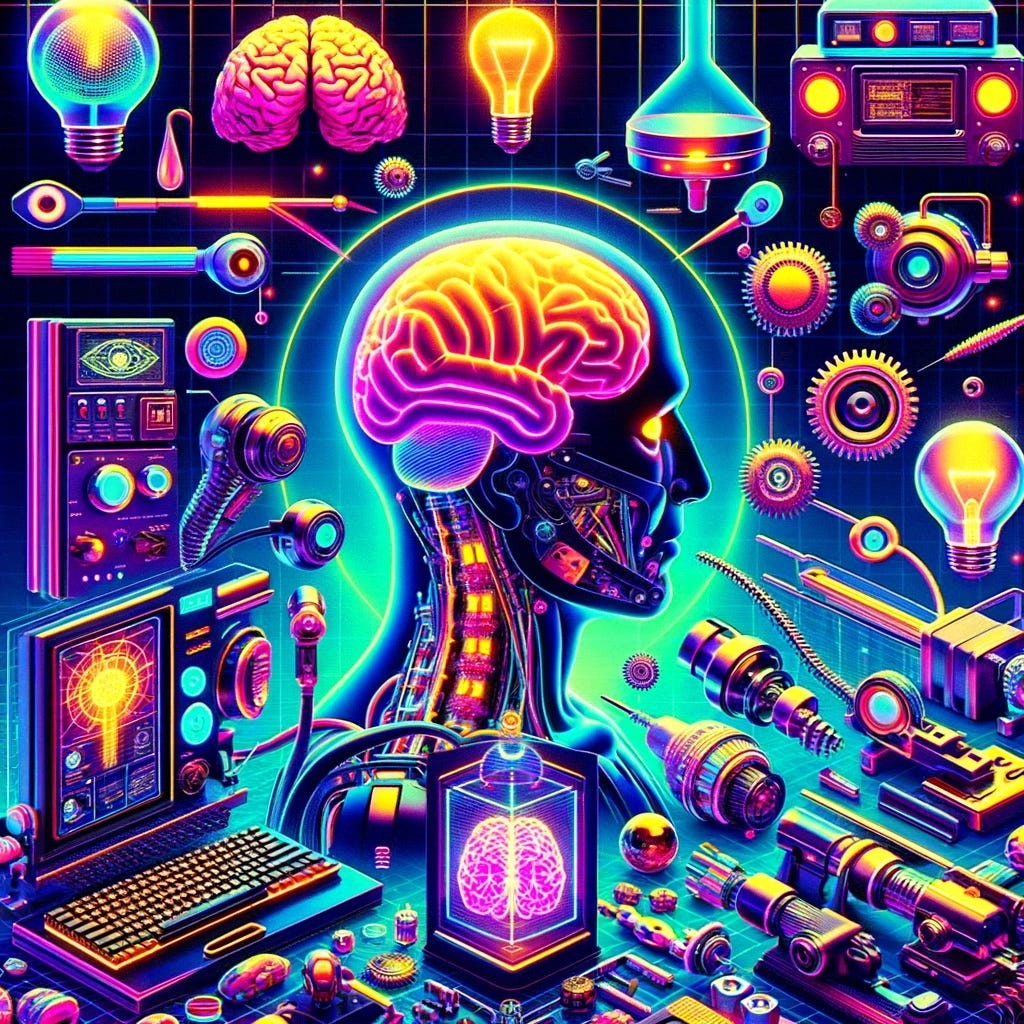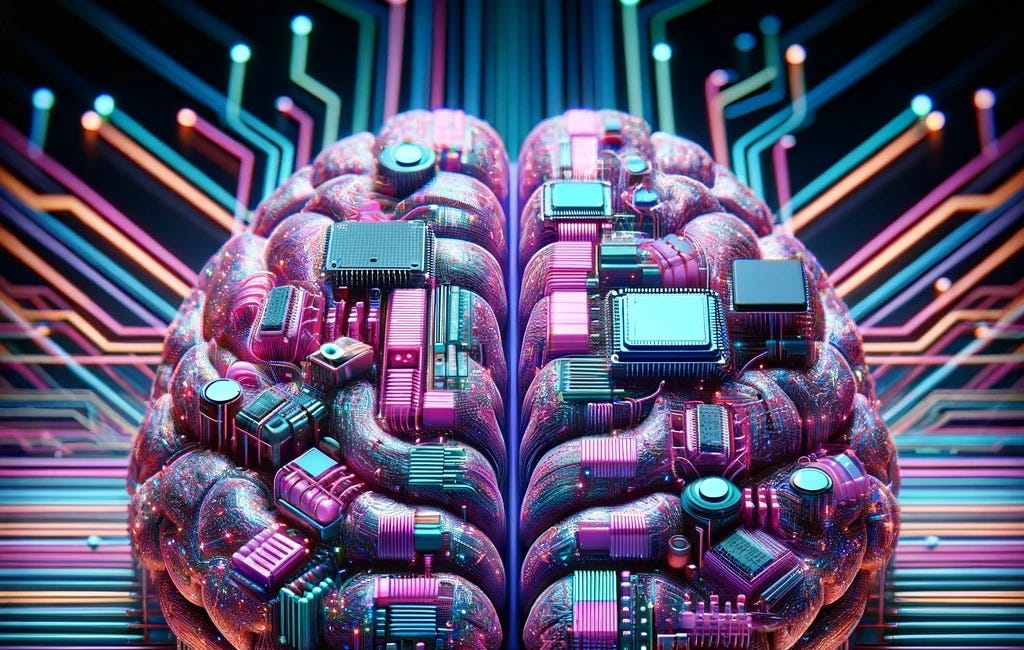No! An AI Cannot Be a Patent Inventor. However, USPTO Adds an Important Caveat
The U.S. Patent and Trade Office (USPTO) issued new guidance this week on the eligibility for patent invention assignment for “AI-assisted inventions.” The organization reaffirmed earlier guidance and U.S. case law that stipulates only natural persons can be named inventors on patents. The announcement from the guidance goes on to state:
The guidance, which goes into effect February 13, makes clear that AI-assisted inventions are not categorically unpatentable. The guidance provides instructions to examiners and stakeholders on how to determine whether the human contribution to an innovation is significant enough to qualify for a patent when AI also contributed. It builds on the existing inventorship framework by providing instructions to examiners and applicants on determining the correct inventor(s) to be named in a patent or patent application for inventions created by humans with the assistance of one or more AI systems. It states that patent protection may be sought for inventions in which a human provided a significant contribution to the invention.
Note that a human using an AI system in the process of invention is only eligible for “inventor” status if they “provided a significant contribution.” Law Firm Wilmer Hale Summarized the guidance in a blog post and case law that governs the legal interpretation of inventorship and join inventorship.
The key takeaways from the AI Guidance are as follows, with further details below.
1. An AI system cannot be an inventor.
2. Use of AI systems does not negate human inventorship.
3. A natural person using an AI system is an inventor if the natural person makes a “significant contribution” to the invention, applying the standard for joint inventorship, and recognizes and appreciates the invention.
4. Each claim of a patent must have a human inventor.
…
The AI Guidance explains that the threshold question in evaluating inventorship for an AI-assisted invention is determining whether a natural person made a “significant contribution” to the claimed invention. Historically, courts have applied the Pannu factors to evaluate joint inventorship, which evaluate whether the joint inventor:
(1) “contribute[d] in some significant manner to conception or reduction to practice;”
(2) made “a contribution to the claimed invention that is not insignificant in quality, when that contribution is measured against the dimension of the full invention; and
(3) did more than merely explain well-known concepts or the current state of the art.6
The “Natural Person” Requirement
The revised guidance was issued in response to the White House Executive Order on AI, issued in November 2023. It is significant because the conception of ideas has historically been considered a uniquely human endeavor made by “natural persons.” Humans could use machines to help them create inventions or practices that were patentable, but there was never a consideration that the machine helped conceive the invention. Patents can have named co-inventors. In fact, by law, a co-inventor must be named if a “natural person” made a “significant contribution” to any patent claim. However, an AI system is not legally deemed a “natural person” and, therefore, cannot be a co-inventor. This creates an issue.
Every individual invention claim in a patent application requires a “natural person” to be listed as the inventor. However, suppose an AI system conceived of the invention claim and no “natural person” made a significant contribution. In that case, that claim cannot be awarded to the human “bystander” who simply recognized the value of an invention without contributing to it. This has the effect of inventions with no patentable provenance.
Five Guides
The Wilmer Hale article breaks out five principles that the guidance presents for patent examiners and is easier to use here than parsing the language from the 27-page document.
1. AI assistance allowed: “A natural person’s use of an AI system in creating an AI-assisted invention does not negate the person’s contributions as an inventor. The natural person can be listed as the inventor or joint inventor if the natural person contributes significantly to the AI-assisted invention.”
This is a positive development. Individuals can be awarded patents for AI-assisted inventions provided the “natural human” makes a significant contribution. So, the use of AI in the invention process does not negate the opportunity for claiming a patentable invention.
2. Recognizing a problem insufficient: “Merely recognizing a problem or having a general goal or research plan to pursue does not rise to the level of conception. A natural person who only presents a problem to an AI system may not be a proper inventor or joint inventor of an invention identified from the output of the AI system. However, a significant contribution could be shown by the way the person constructs the prompt in view of a specific problem to elicit a particular solution from the AI system.”
A bystander cannot be an inventor, as stated above. However, the guidance recognizes that AI systems do not spontaneously conceive of ideas. A novel idea emerging from an AI system could be the result of an expertly craft prompt explaining an idea, problem, or scenario. This is where the “AI-assisted” concept comes in and provides the path for a claim of human invention where AI was the tool. It is also an element of the guidance that demonstrates the regulators' explicit understanding of how many generative AI systems function.
3. Reduction to practice insufficient: “Reducing an invention to practice alone is not a significant contribution that rises to the level of inventorship. Therefore, a natural person who merely recognizes and appreciates the output of an AI system as an invention, particularly when the properties and utility of the output are apparent to those of ordinary skill, is not necessarily an inventor. However, a person who takes the output of an AI system and makes a significant contribution to the output to create an invention may be a proper inventor. Alternatively, in certain situations, a person who conducts a successful experiment using the AI system’s output could demonstrate that the person provided a significant contribution to the invention even if that person is unable to establish conception until the invention has been reduced to practice.”
“Reduction to practice” is also an important concept. If a bystander takes an idea and shows how it can be used, they may have a patentable claim even if they did not originally conceive of the idea. This may be a way for some individuals to transform a novel idea emanating from an AI system into a patentable claim.
4. Developing an essential building block may be sufficient: “A natural person who develops an essential building block from which the claimed invention is derived may be considered to have provided a significant contribution to the conception of the claimed invention even though the person was not present for or a participant in each activity that led to the conception of the claimed invention. In some situations, the natural person(s) who designs, builds, or trains an AI system in view of a specific problem to elicit a particular solution could be an inventor, where the designing, building, or training of the AI system is a significant contribution to the invention created with the AI system.”
This is another important caveat. Merely using an AI system in the invention process may limit an individual’s ability to make a patentable claim. However, their contribution to modifying an AI system in a way that impacts the creation of a novel idea could serve the standard of a “significant contribution” even if the idea itself emerged from the AI system.
5. Ownership or oversight of an AI system insufficient: “Maintaining ‘intellectual domination’ over an AI system does not, on its own, make a person an inventor of any inventions created through the use of the AI system. Therefore, a person simply owning or overseeing an AI system that is used in the creation of an invention, without providing a significant contribution to the conception of the invention, does not make that person an inventor.”
Another important idea that is more than a limiting factor in patentable claims is system ownership. This means the foundation model developers and the owners of AI systems do not implicitly have an ownership claim over inventions that happen to come out of the AI system (i.e., the machine).
Fostering Invention
“The patent system was developed to incentivize and protect human ingenuity and the investments needed to translate that ingenuity into marketable products and solutions,” said Kathi Vidal, Under Secretary of Commerce for Intellectual Property and Director of the USPTO. “The patent system also incentivizes the sharing of ideas and solutions so that others may build on them. The guidance strikes a balance between awarding patent protection to promote human ingenuity and investment for AI-assisted inventions while not unnecessarily locking up innovation for future developments. The guidance does that by embracing the use of AI in innovation and focusing on the human contribution.”
There is little doubt that AI-assisted inventions are going to become the norm. In the U.S., the inventors will remain humans.
OpenAI is Testing a Memory Feature with ChatGPT
OpenAI is rolling out a new memory feature for a mix of free and Plus ChatGPT users this week, according to a blog post earlier this evening. OpenAI’s goal is to enable ChatGPT to provide a more personalized and efficient experience for users. Remembering things you discuss across all chats saves you from having to repeat information and makes future co…
LAION Calls for Less Regulation on Open-Source Generative AI in Europe
LAION (Large-scale Open AI Network), the non-profit focused on creating open-source AI foundation models and datasets, issued an open letter calling on the EU to reduce regulatory hurdles for open-source AI in Europe. Named “Towards a Transparent AI Future,” the letter outlines why open-source AI models provide societal benefit and should be treated dif…







I appreciate you taking us through this comprehensive summary, and grounding these decisions in real terms.